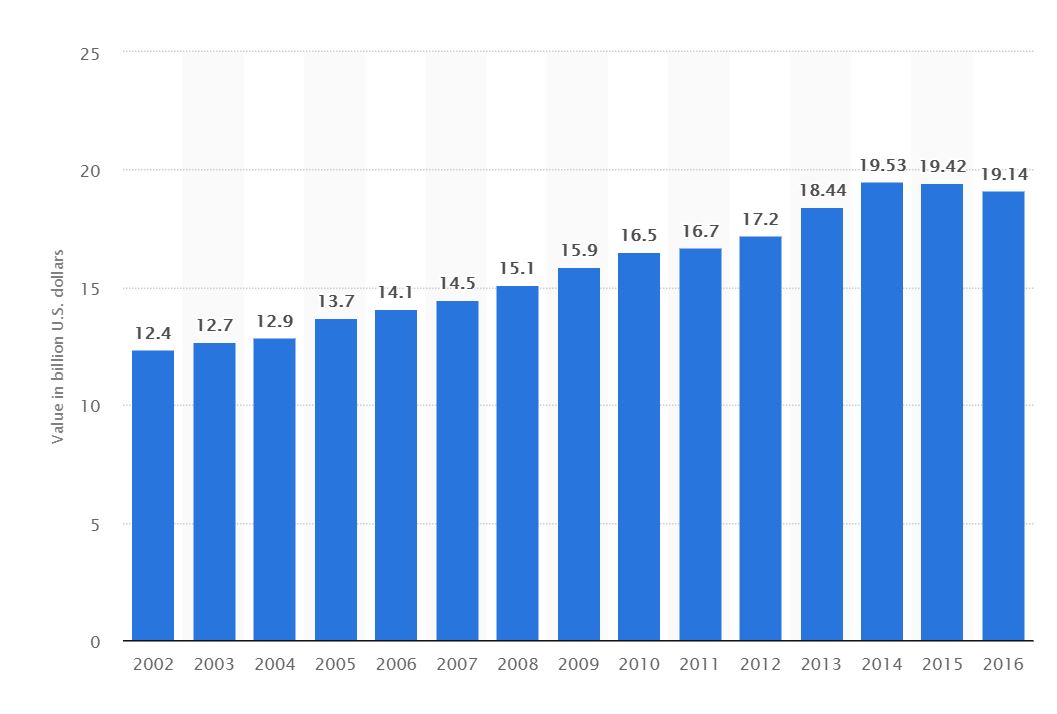Let’s explore the growth of the Refrigerated Last Mile Delivery and Refrigerated Warehousing industries, and discuss ways in which they allow businesses to thrive
We’ve gone to great lengths in our blog to discuss the importance of last mile delivery as well as the emergence of an increasingly on-demand driven transportation and logistics industry.
Now it’s time to focus on one of the key growth areas in which they intersect:
Refrigerated last mile delivery.
In this post, we’re going to explore the growth of the refrigerated last mile delivery and refrigerated warehousing industries, and discuss ways in which they allow businesses to thrive.
REFRIGERATED WAREHOUSING AND TRANSPORTATION: INDUSTRY GROWTH
In 2017, the refrigerated warehousing industry’s value was estimated to be $17.98 Billion. That number is projected to increase to $29.17 Billion in 2017.
Where is this growth coming from?
Primarily, the increase in demand for refrigerated warehousing and last mile delivery correlates with an increase in demand for perishable foods and the massive growth of the ecommerce industry.
In 2016, FedEx Corp. founder Fred Smith predicted that global ecommerce sales were expected to reach $2.4 trillion by 2018. That number is now predicted to reach about $4.5 trillion by 2021, continuing its astronomical growth.
Factors like ecommerce growth are also driven forward by an increase in disposable income among citizens of emerging economies like China, India and Brazil.
But the increase in demand for refrigerated goods has also been significant in the United States.
Here’s a graph from Statista depicting the value ($ in billions) of frozen foods shipped in the United States between 2002 and 2016.

A report from Research and Markets states that the refrigerated transportation in the United States is set to grow by 12.44 percent from 2014 through 2019.
LAST MILE DELIVERY: INDUSTRY GROWTH
Last mile delivery standards are being forced to improve continuously to fulfil the demands of consumers across the globe.
According to a study by McKinsey & Company,
“Almost 25 percent of customers are willing to pay significant premiums for the privilege of same-day or instant delivery. This share is likely to increase, given that younger consumers are more inclined (just over 30%) to choose same-day and instant delivery over regular delivery.”
Last mile often reaches or exceeds 50% of the total cost of parcel delivery, which is causing transportation and logistics companies to evolve, as startups enter the market to fulfil niche needs.
With the constantly growing demand for efficient last mile delivery and the consistent improvement of service providers in the industry, last mile is here to stay.
BACK TO THE MIDWEST: A USE CASE FOR REFRIGERATED LAST MILE DELIVERY IN MINNESOTA
While it’s clear how refrigerated last mile delivery is important to consumers, how does it benefit businesses, particularly on a local stage?
While there are thousands of uses for refrigerated last mile delivery, locally and nationally, let’s explore a particular example.
A local Minneapolis florist has a large quantity of loyal customers across the Twin Cities metropolitan area. The florist operates an ecommerce website, allowing customers to order bouquets online and get them delivered directly to their homes.
The florist uses a small refrigerated area in the back of its shop to store the completed bouquets before they are delivered, and uses a Minneapolis refrigerated courier service to get the bouquets in the hands of its customers.
Both the customers and consumers benefit from the role of the refrigerated courier service in providing timely last mile delivery that maintains the integrity of the product.
On first glance, it would seem that the bouquet delivery from the florist to the customer is the only use of refrigerated transportation and last mile delivery in the process, but that’s not the case:
How did the florist source the wholesale flowers it used to create the bouquets?
It’s likely that they purchased their flowers from a wholesale distributor operating a national or regional fleet with local refrigerated warehouses. This process may have even involved its own last mile delivery process, transporting the flowers from the local warehouse to the florist’s shop in refrigerated sprinters.
THE REFRIGERATED LAST MILE IS HERE TO STAY
While there are many uses for refrigerated last mile delivery across the industry spectrum, 3 factors suggest that it’s going to become more important in coming years:
- A rise in demand for expedited delivery of goods
- A massive increase in global ecommerce revenue
- A global increase in refrigerated freight volumes
Refrigerated transportation companies are raising their level of efficiency and service to fulfill the complex and growing needs of the marketplace.
